The boat landing: for secure personnel transfers
The result of a collaboration between BOURBON and Total in the mid 1980s, the boat landing, a structure for landing personnel from Surfers onto an oil & gas structure, is now a widespread feature. The issue: maximizing personnel transfer safety.
Some forty years ago, in order to replace the basket1 boarding/landing, still used today, the first metal installations with ladders made their appearance on jacket2 platforms and on FPSOs3. BOURBON and Total then worked together to make this equipment more reliable. Starting from this period, all of the group's Surfers, from 14 m to 36 m, have been designed to use it.
Gradually, all the players in the offshore oil industry would adopt the boat landing, with BOURBON becoming a expert on the subject, regularly consulted to evaluate installations. Manufacturing standards were then defined. These standards concern the distance between the tubes, their diameter, the position of the ladders, the location of the structure on the platform, etc.
Landing: a delicate but controlled phase
While the vessel is underway, the crew contacts the platform's radio operator. The radio operator makes sure that no potentially dangerous operation is in progress, and informs the Boat Landing Officer (BLO) of the Surfer's approach. Once the vessel is on site, the seaman reminds the personnel of the safety instructions.
The Surfer makes its approach, at an engine speed of about 1 000 - 1 200 rpm, thus delivering enough power for it to remain in position in the boat landing. The pilot gives the "go": the personnel join the seaman at the front of the vessel, hold onto the lines4 and put down their luggage so that their hands are free for the landing operation.
Ensuring safe boarding and landing: the role of the seaman
Coordination between the pilot, the BLO, and the seaman is crucial. It is the seaman's responsibility to assess the swell height and give the personnel the signal to grab the ladder. The BLO, in turn, indicates whether to take the ladder on the port or starboard side, and welcomes the personnel.
Safety reminders, made by the seaman, are constant. At sea, the conditions can change rapidly - wind, current, etc.- and the routine factor can cause the personnel transported to lower their guard. Therefore, the crew's role is to alert them to potential hazards and to follow safety procedures.
On small Surfers, once the personnel have landed, the BLO hoists their luggage using a rope. However, on vessels carrying 50 to 90 individuals, all their luggage is gathered together in a box and hoisted from the platform with a crane.
1 Basket: structure for boarding-landing personnel from a vessel or a platform. Depending on the model, the personnel can be standing, holding onto a net, or sitting. (See photo slideshow)
2 Jacket: a platform whose feet rest on the seabed.
3 FPSO: Floating Production, Storage and Offloading unit.
4 Safety ropes.
Key figures
- More than 2.5 million personnel members transported annually
- More than 250 Surfers, of which 170 use boat landings on a daily basis
- 70% of BOURBON supply vessels are equipped with boat landings (onboard or stored on land)
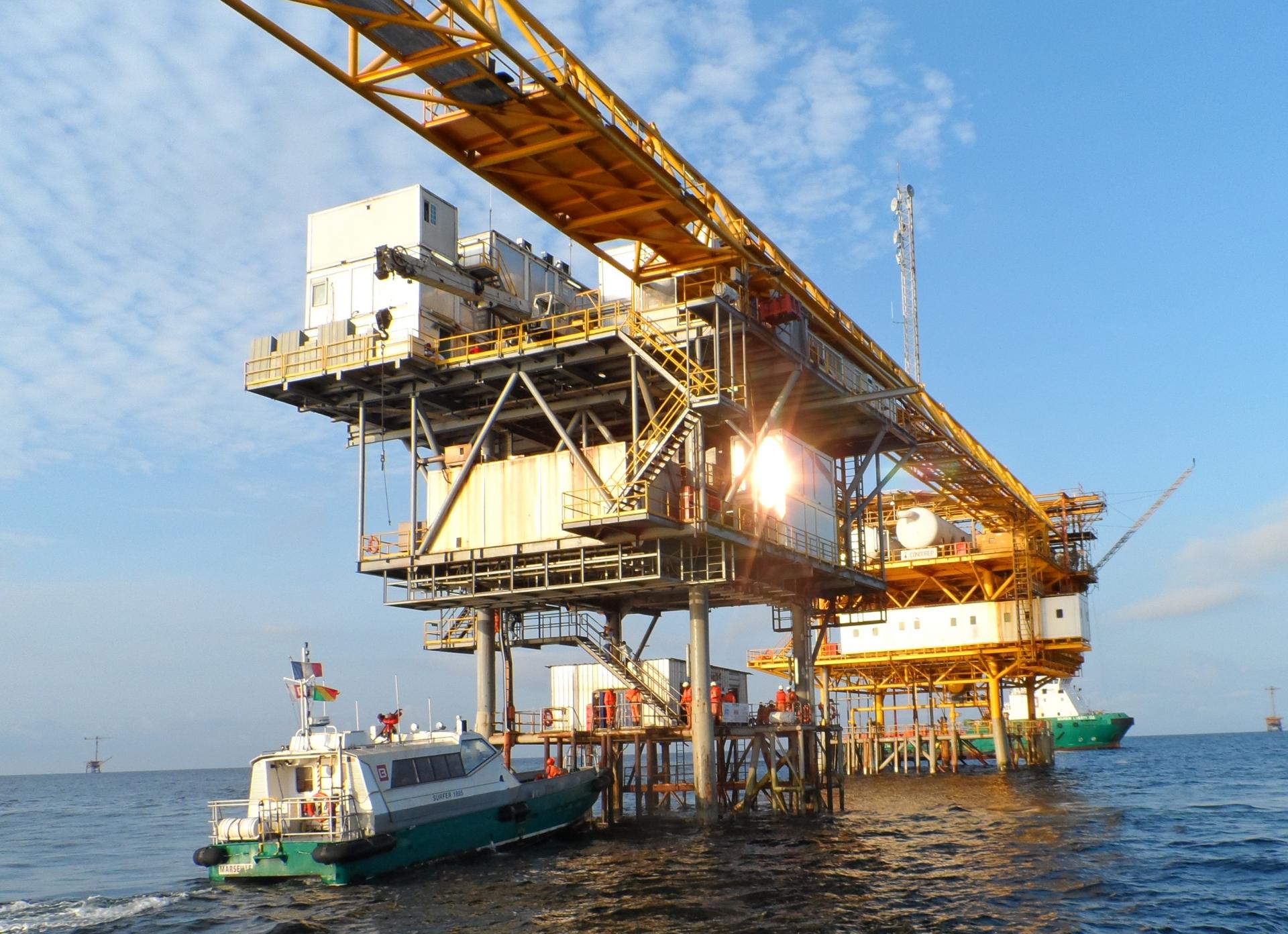
Transfer of passengers aboard the crewboat Surfer 1885, near a platform off the Congo September 10, 2012
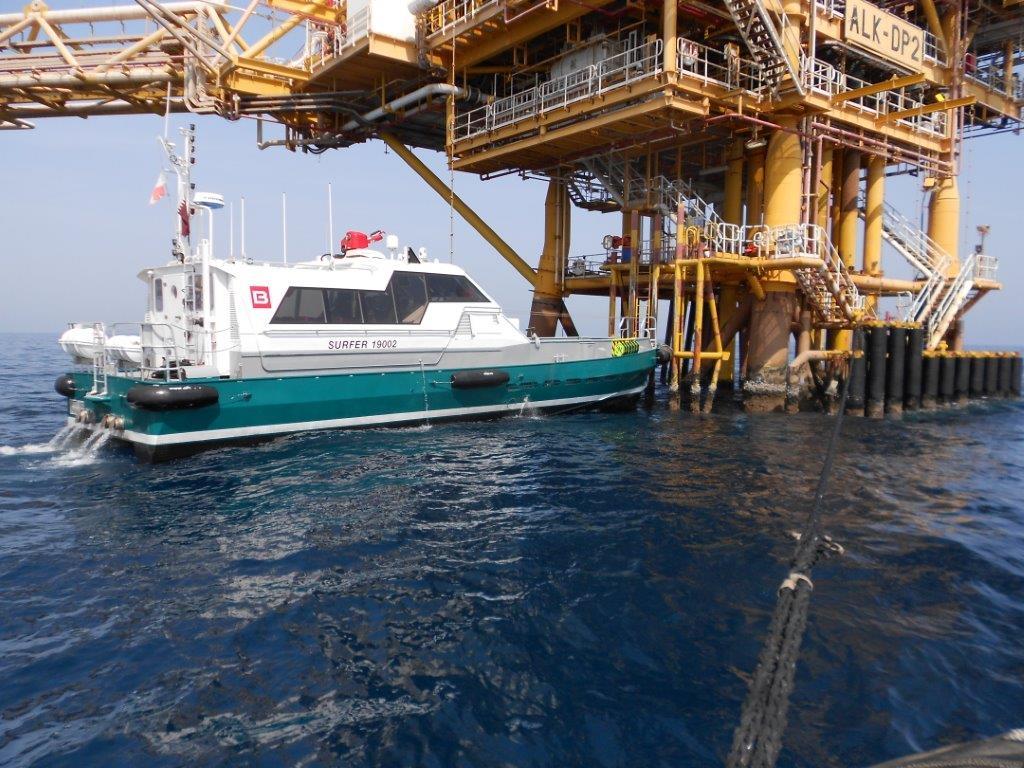
Surfer 19002, crewboat operating in Qatar in July 2013
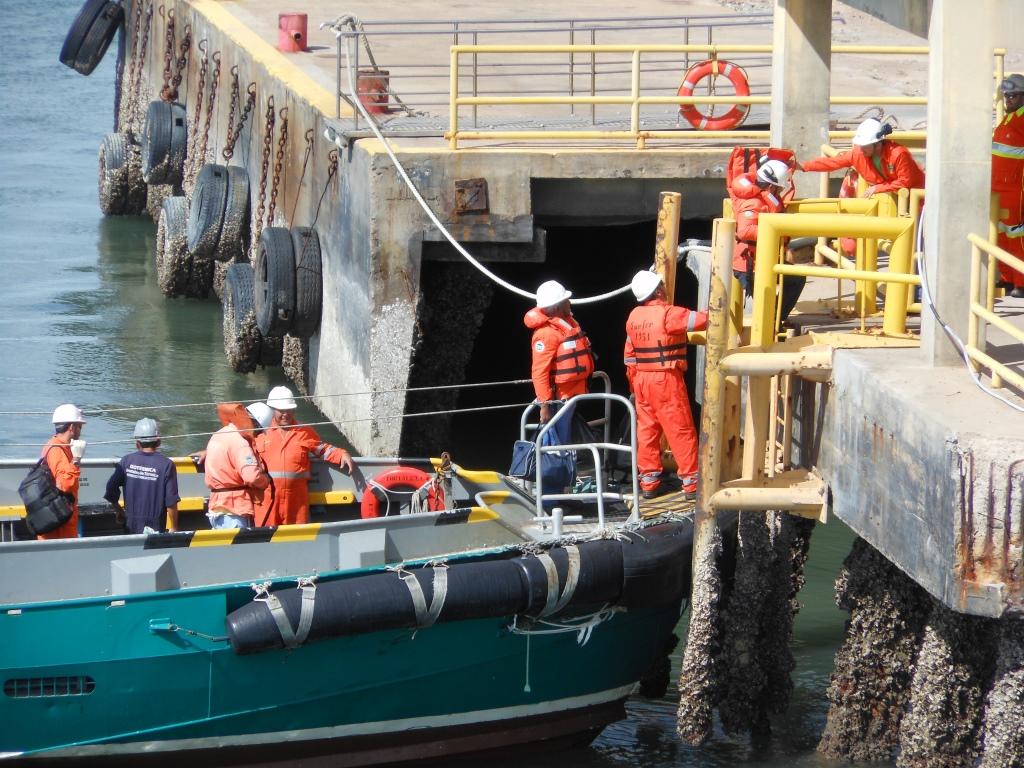
Surfer 1931 crewboat in boat landing operation in Guarame Port in Brazil
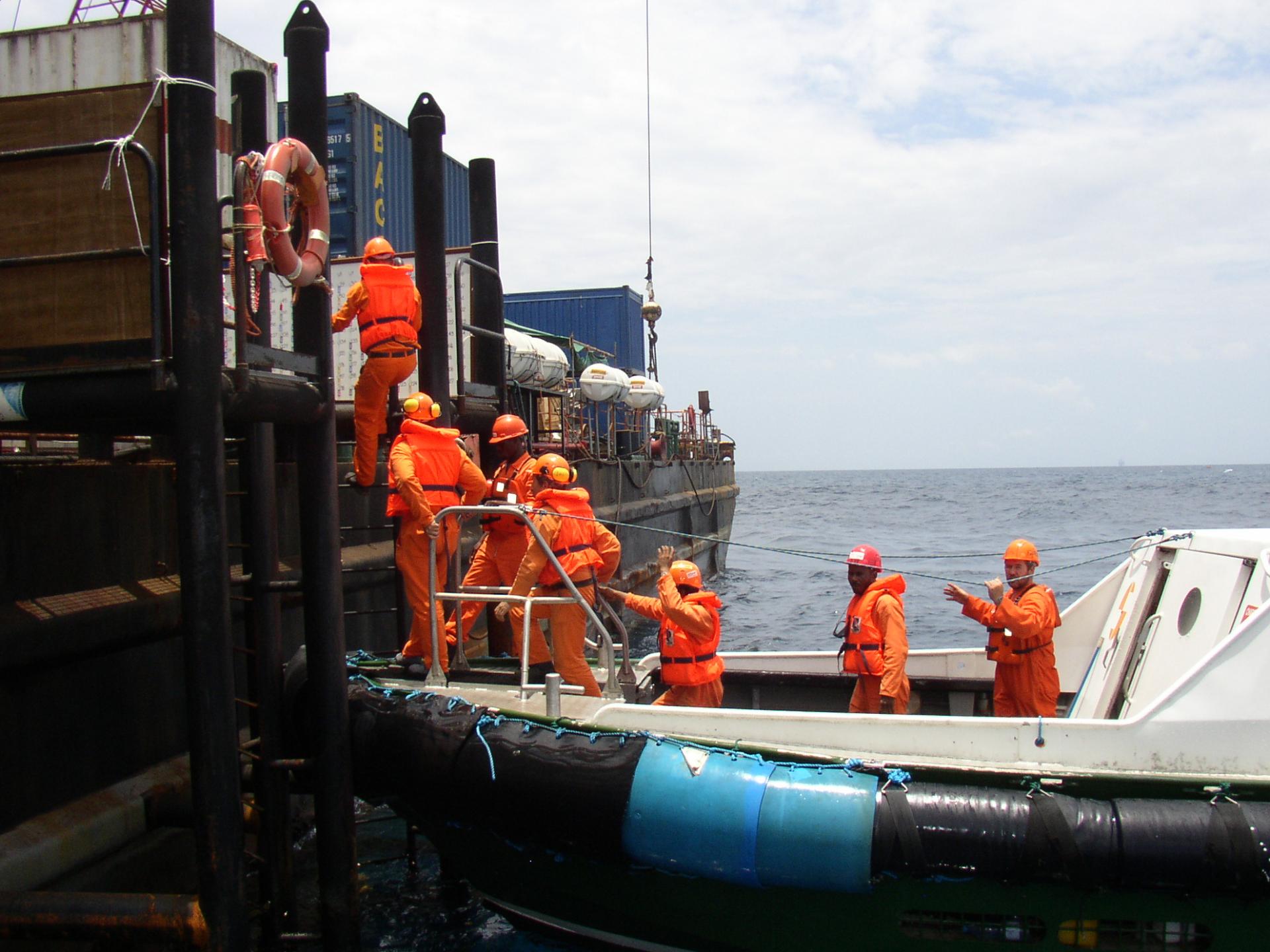
Crewboat in boat landing operation
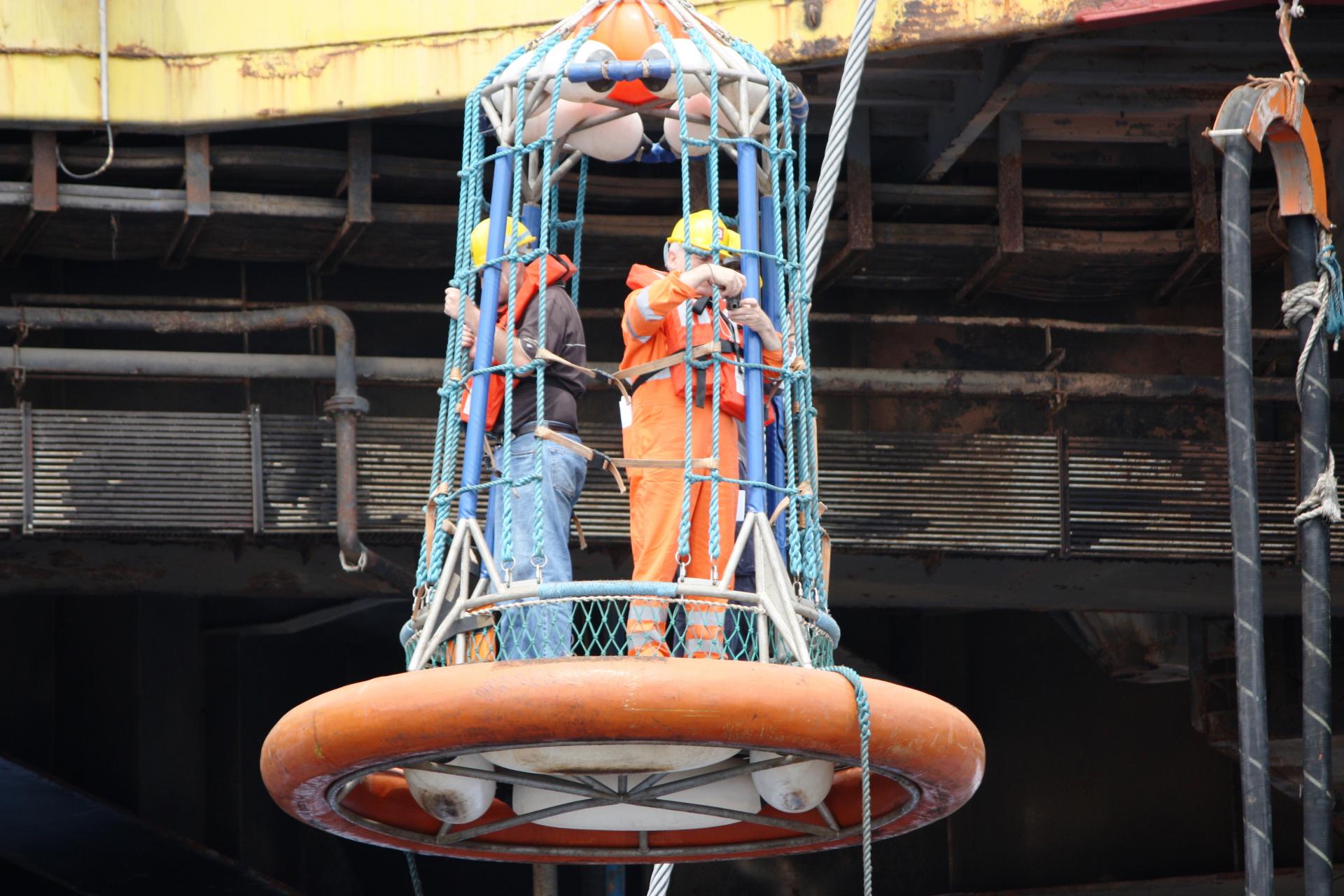
Transfer of passengers aboard the AHTS Bourbon Aladin, Anchor Handling Tug Supply Vessel in operation in Mediaterranean Sea


